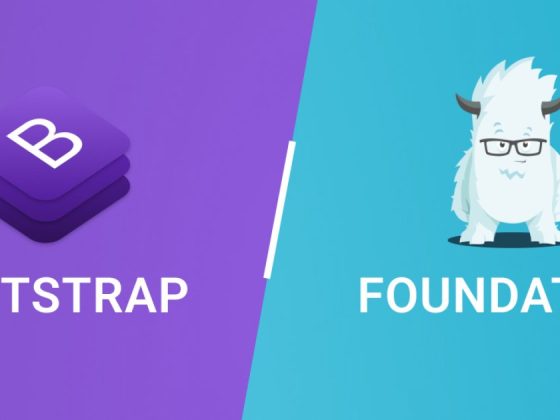In the ever-evolving landscape of web development, staying abreast of the latest trends and technologies is crucial to building cutting-edge and efficient web applications. As we step into 2023, several exciting trends are shaping the field of web development. From the rise of Progressive Web Apps (PWAs) to the growing prominence of serverless architecture and the adoption of Jamstack, developers have a plethora of tools and methodologies at their disposal. In this article, we will delve into these trends and explore how they are revolutionizing the way we build and experience the web.
1. Progressive Web Apps (PWAs)
Progressive Web Apps (PWAs) have been gaining momentum over the past few years, and in 2023, their significance is only set to grow. PWAs combine the best of web and mobile applications, providing users with a seamless, app-like experience directly through their browsers. These applications are designed to be fast, reliable, and engaging, offering features such as offline functionality, push notifications, and responsive design.
PWAs have become a preferred choice for businesses aiming to enhance user experience across various devices. The ability to work offline and load quickly, coupled with the elimination of the need for installation, makes PWAs an attractive option for both developers and end-users.
2. Serverless Architecture
Serverless architecture continues to disrupt traditional web development paradigms by allowing developers to focus on code without the need to manage servers. In 2023, serverless computing is expected to reach new heights, offering enhanced scalability, cost-efficiency, and reduced time-to-market.
With serverless architecture, developers can deploy functions as individual units, letting the cloud provider automatically handle the infrastructure. This approach not only streamlines development but also ensures optimal resource utilization, leading to cost savings. As serverless frameworks mature, we can anticipate increased adoption across a broader spectrum of web applications.
3. Jamstack Revolution
Jamstack, an architecture that stands for JavaScript, APIs, and Markup, is transforming the way we build websites. In 2023, the Jamstack approach is gaining popularity for its ability to deliver fast, secure, and highly performant websites. By decoupling the frontend and backend, Jamstack enables developers to leverage pre-built APIs and markup, leading to reduced development time and improved site speed.
The rise of headless CMS solutions and the proliferation of serverless functions complement the Jamstack architecture, enabling developers to create dynamic and content-rich websites without sacrificing performance. As static site generators become more sophisticated, the Jamstack trend is expected to play a pivotal role in the future of web development.
4. Enhanced Frontend Development
In 2023, frontend development is undergoing a transformation with the adoption of new technologies and tools. WebAssembly, for example, allows developers to run high-performance code written in languages like C and Rust directly in the browser. This opens up new possibilities for building complex applications with near-native performance on the web.
Moreover, the increased use of frontend frameworks and libraries, such as React, Vue.js, and Angular, continues to streamline the development process, providing developers with powerful tools to create dynamic and interactive user interfaces.
Conclusion
As we navigate through 2023, the field of web development is witnessing a dynamic evolution fueled by Progressive Web Apps, serverless architecture, Jamstack, and enhanced frontend development. These trends are not only shaping the way we build web applications but are also driving innovation and pushing the boundaries of what is possible on the web.
Staying attuned to these trends is essential for developers and businesses aiming to create robust, scalable, and user-friendly web applications. Embracing these technologies can lead to improved performance, enhanced user experiences, and a competitive edge in the ever-expanding digital landscape. As we continue to explore the potential of these trends, the future of web development looks promising and full of exciting possibilities.



